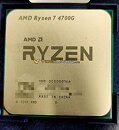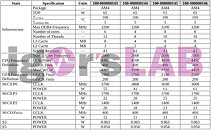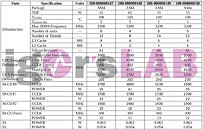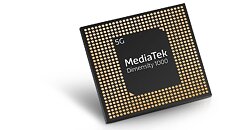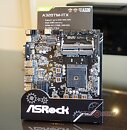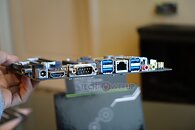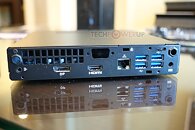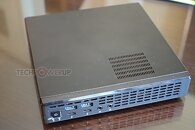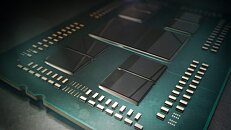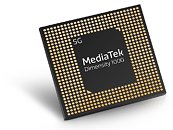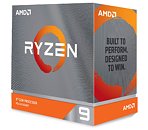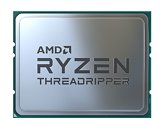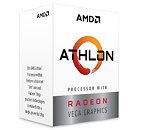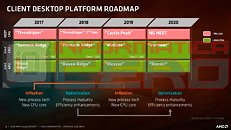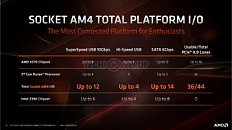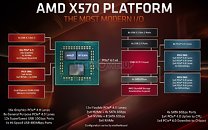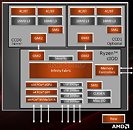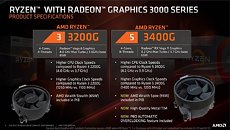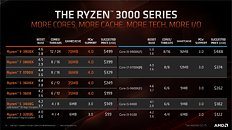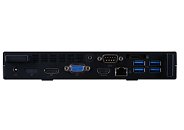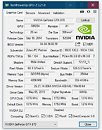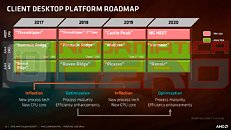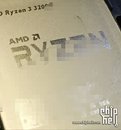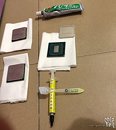
AMD Ryzen 7 4700G "Renoir" Desktop Processor Pictured
Here is the first picture of the AMD Ryzen 7 4700G, the company's upcoming socket AM4 APU based on the 7 nm "Renoir" silicon, courtesy of VideoCardz. The picture reveals a standard-looking socket AM4 chip with commercial name and OPN markings (100-000000146), matching the Igor's Lab OPN code leak from earlier this week. The Ryzen 7 4700G offers an 8-core/16-thread CPU based on the "Zen 2" microarchitecture, and an integrated graphics solution that combines the SIMD machinery of the "Vega" graphics architecture, with the updated display- and media engines of "Navi." The iGPU is configured with 8 CUs (512 stream processors), which on the 4700G has an impressive maximum engine boost clock of 2.10 GHz, according to the Igor's Lab story.
The 8-core/16-thread CPU of the Ryzen 7 4700G has a nominal clock speed of 3.60 GHz, and a maximum boost frequency of 4.45 GHz, with several Precision Boost power-states in both directions of the nominal clock. The CPU features 512 KB of L2 cache per core, and 8 MB of shared L3 cache (4 MB per CCX). The iGPU engine clock goes all the way up to 2.10 GHz, which could help it overcome some of the CU deficit vs. "Picasso," which has 11 CUs (704 stream processors), but clocked only up to 1.40 GHz. Since the Ryzen 5 3400G has an unlocked multiplier, it stands to reason that even the 4700G could. If the platform I/O of "Renoir" in its mobile avatar is anything to go by, then the 4700G could feature a limited PCI-Express x8 lane setup for its PEG port. AMD is rating the TDP of the 4700G at 65 W.
The 8-core/16-thread CPU of the Ryzen 7 4700G has a nominal clock speed of 3.60 GHz, and a maximum boost frequency of 4.45 GHz, with several Precision Boost power-states in both directions of the nominal clock. The CPU features 512 KB of L2 cache per core, and 8 MB of shared L3 cache (4 MB per CCX). The iGPU engine clock goes all the way up to 2.10 GHz, which could help it overcome some of the CU deficit vs. "Picasso," which has 11 CUs (704 stream processors), but clocked only up to 1.40 GHz. Since the Ryzen 5 3400G has an unlocked multiplier, it stands to reason that even the 4700G could. If the platform I/O of "Renoir" in its mobile avatar is anything to go by, then the 4700G could feature a limited PCI-Express x8 lane setup for its PEG port. AMD is rating the TDP of the 4700G at 65 W.
